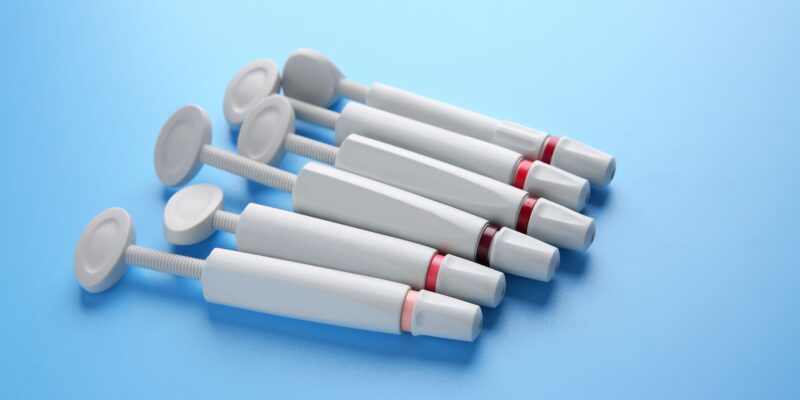In a recent study conducted by a team of researchers, the biologic properties of light-cured and chemically cured (no-mix) dental adhesives have been scrutinized to assess their degree of cure, monomer leaching, and potential effects on human gingival fibroblasts. The findings of this study offer insights into the safety and biocompatibility of dental adhesives, contributing to the ongoing pursuit of safer dental procedures.
Dental adhesives play a crucial role in modern dentistry by facilitating the bonding of restorative materials to teeth. However, concerns have been raised about the potential release of monomers from these adhesives, which could pose health risks to both dental professionals and patients. To address these concerns, the researchers embarked on a comprehensive investigation to shed light on the biological properties of two types of adhesives.
The study, published in the Journal of Dental Research, aimed to estimate the degree of cure and monomer leaching of both light-cured and chemically cured dental adhesives, as well as evaluate their impact on human gingival fibroblasts.
Methodology and Key Findings
The researchers used infrared spectroscopy to assess the degree of cure of adhesive specimens, mimicking the clinical bonding process. Following this, the adhesives were immersed in a normal saline solution for a period of two months, and the leached monomers were analyzed both quantitatively and qualitatively using liquid chromatography.
Surprisingly, no significant differences were found between the two types of adhesives in terms of their degree of cure and the amount of trimethylene glycol dimethacrylate released. Intriguingly, no monomer was detected in the eluent, suggesting a potential absence of this particular monomer in the leached substances.
However, qualitative variations in the composition of the substances eluted from the two adhesives were observed, raising questions about the potential implications of these differences for biocompatibility.
Biologic Impact
The researchers went on to investigate the effects of the adhesives on human gingival fibroblasts. Using assays that measured cell viability (3-(4,5-dimethylthiazol-2-yl)-2,5-diphenyltetrazolium bromide, or MTT assay) and DNA synthesis, the team found no evidence of cytotoxic effects from either adhesive in the immersion media. Nevertheless, a moderate reduction in DNA synthesis was observed for both adhesives, suggesting a minor cytostatic effect.
The team recognizes the importance of investigating the potential estrogenic actions of adhesives and their broader implications for patient health.
Implications for Dentistry
This research has the potential to influence the practices of dental professionals by providing valuable information about the biocompatibility and safety of dental adhesives. The study’s findings highlight the complex interactions between dental materials and human tissues, prompting the need for continuous research to ensure the advancement of safer and more effective dental procedures.
As the dental field continues to evolve, studies like these serve as foundational steps toward enhancing patient care and safety. While the immediate implications are significant, the long-term impacts of this research could reshape the landscape of dental material development and application.
In the quest for safer dentistry, this study shines a light on the intricate balance between material science, biological interactions, and patient well-being.




















Comments